Ohio Farm Bureau introduces Energy and Utility Issues Resource Guide
Ohio Farm Bureau’s newest resource for members seeks to help farmland owners navigate the many questions surrounding energy development.
Read MoreFor two long days in 2014, Chris Kurt kept an eye on the news and on his water faucet. A toxic algal bloom on Lake Erie had caused nearly half a million people in the Toledo area to be without tap water. When the water started flowing again in his Whitehouse home, so did the questions about what caused the problem and what could be done to prevent it from happening again.
“It drove home the point that we have issues with our watershed and we need to find out where all this phosphorus is coming from causing these harmful algal blooms,” said Kurt, a fifth-generation grain farmer in Hardin County. Kurt was able to act on his desire to seek solutions this summer by becoming a participant in a new project led by Ohio Farm Bureau.

Kurt is one of three families participating in the Blanchard River Demonstration Farms Network, a five-year, $1 million project in the Western Lake Erie Basin. Ohio Farm Bureau and the U.S. Department of Agriculture Natural Resources Conservation Service are partners on the project.
The demonstration farms in Hardin and Hancock counties (see sidebar) are showcasing innovative conservation practices that reduce or prevent nutrients from entering waterways. Scientists say the harmful algal blooms on Lake Erie and other lakes are mostly caused by excess dissolved phosphorus, which is found in animal manure, many commercial fertilizers and municipal wastewater.
“One of the reasons I wanted to participate in (the demonstration farms) is because agriculture has a role in this and we want to find out what’s going on and what we can do,” said Kurt, an agriculture banker who recently moved from Whitehouse to be closer to the family farm in Dunkirk. “But that doesn’t mean this is only an agriculture problem—there are problems with storm water overflows with raw sewage going into the Maumee watershed (which feeds into Lake Erie) as well as leaky septic tanks and other problems.”
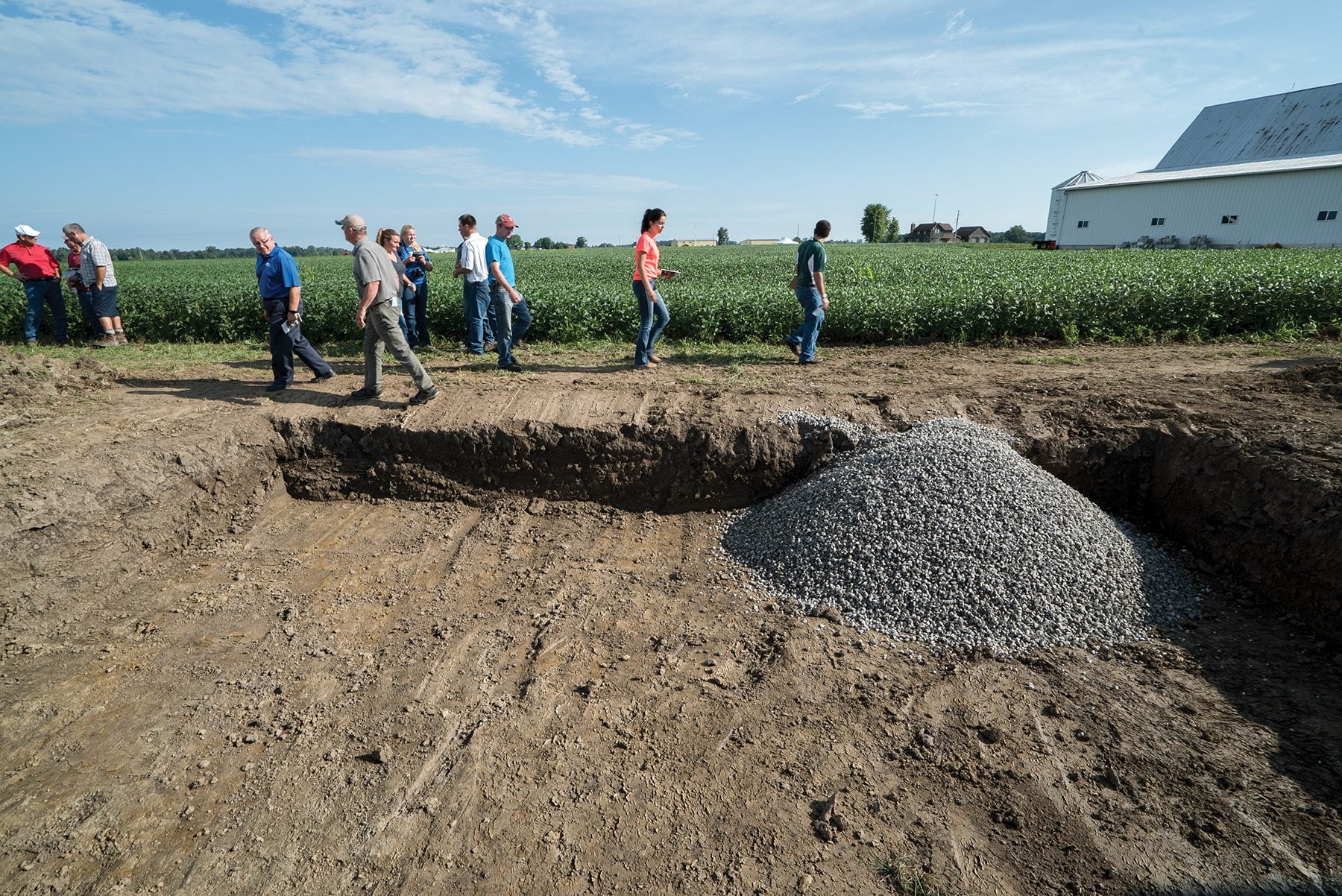
At the demonstration farms, researchers have installed edge-of-field monitoring equipment that tests how water leaves the field. This data can be used to monitor the effect on water quality of various conservation systems to help farmers determine what measure works best for their land and has the least impact on their bottom lines. The goal is to help farmers, in combination with best practices from landowners and cities, protect agriculture and water quality in the Western Lake Erie basin, said Aaron Heilers, project manager of Blanchard River Demonstration Farm Network.
“Not every practice is for every farm. The hope is that farmers will find the best fit for their operations and implement that practice,” Heilers said. “If every producer is able to do that, it will have a large impact and really make a difference.”
The demonstration farms are open to individuals and groups. Set up a tour by contacting Aaron Heilers at [email protected] or 937-726-7506. You can also see a video of the Hardin County Soil and Water Conservation District Field Day.
Participating farms
Kellogg Farms, Hardin County
Bill and Shane Kellogg own and operate a 4,200-acre grain farm. The family committed 305 acres in a corn/soybean rotation. The site is focusing heavily on subsurface nutrient placement and its effect on yields and potential fertilizer savings and different methods and timing of cover crop placements. Other practices include proper storage facilities for on-site fertilizer and fuel tanks. An abandoned water well will be capped.
Kurt Farms, Hardin County
Chris Kurt owns a 470-acre grain farm, and 168 acres of corn/soybean fields are being used for the demonstration farm. The project is monitoring the effect on water quality of a two-stage ditch that was constructed previously. Other studies are looking at subsurface placement of nutrients, cover crops, blind inlets, filter strips and edge-of-tile nutrient removal technologies. Edge-of-field monitoring equipment has been installed and an abandoned gas well removed.
Stateler Family Farms, Hancock County
Anthony and Duane Stateler have a 500-acre grain farm and 7,200 head swine farrow (birth) to finish operation. The demonstration project is putting 243 acres in a corn, soybean and wheat rotation and looking at how spreading manure on growing crops will affect yields and water quality. Another study is looking at increasing cover crop use as an alternative to tillage in regard to soil compaction issues.
Glossary of terms
Farming and Water Quality: Terminology 101
Taking ideas and theories and turning them into real world practices is key to helping farmers understand best practices that accomplish two goals: preserving farmers’ ability to both produce food and protect water. Key tactics being evaluated at the demo farm and at many universities are described below.
Nutrient removal beds
This is a structure placed at the edge of a field where water naturally drains. The designed bed contains different sized material such as gravel which works to filter runoff, which minimizes escaping soil and nutrients.
Two-stage ditch
These are modified drainage ditches that are designed to mimic a more natural channel. These ditches include “benches” that serve as a kind of floodplain. The benches and vegetation growing in them can also function as a kind of wetland that reduce sediment and nutrient loads downstream. The result is a more sustainable ditch that still provides adequate drainage.
Edge-of-field monitoring
This enables farmers and scientists to measure which conservation practices work best. Observers measure the amount of nutrients and sediment in surface and subsurface water runoff from a field, and compare the improvements under different conservation systems.
Sub-surface nutrient placement
Placing nutrients (either manure or commercial fertilizer) where they are most beneficial to crops can help prevent nutrients from escaping. Fertilizer efficiency and loss prevention is aided by placing nutrients beneath the soil (also referred to as “incorporating nutrients”). However, farmers also have a goal of preventing soil loss by using minimal tilling techniques that aim to leave the soil as undisturbed as possible. Finding better (including affordable) ways to both incorporate nutrients while preventing soil loss is key.
Cover crops
Cover crops are plants seeded into fields, either within or outside of the regular growing season and usually aren’t harvested. Cover crops can reduce erosion, improve soil quality and retain nutrients that would otherwise may be lost. They can also combat weeds and break disease cycles.
Featured Image: Area agricultural professionals get an up-close look at a sub-surface nutrient placement toolbar at Kellogg Farms.
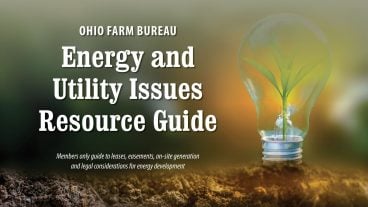

Ohio Farm Bureau’s newest resource for members seeks to help farmland owners navigate the many questions surrounding energy development.
Read More

Ohio Bureau of Workers’ Compensation offers five tips to help prevent slips, trips and falls—one of the top causes of workplace injuries.
Read More

Through a grassroots process, county leaders identified 106 seats where a Friend of Agriculture could be named, with 104 of those seats ultimately being won by a Friend of Agriculture candidate.
Read More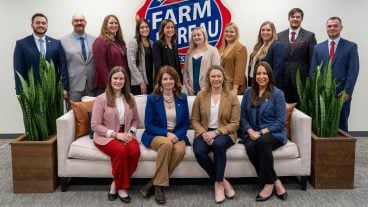
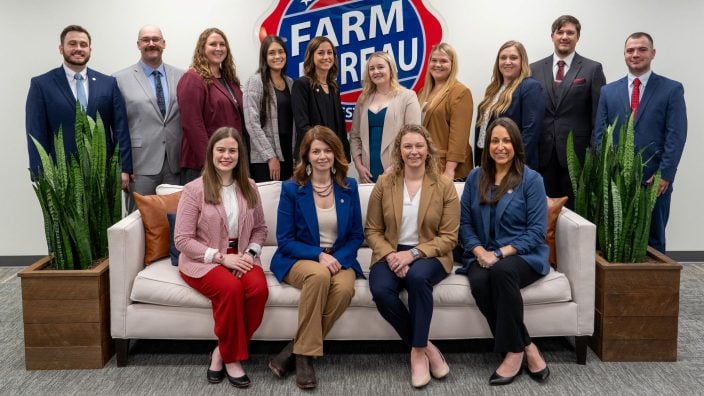
Ohio Farm Bureau’s 2024-2025 AgriPOWER Institute kicked off in October with 14 farmers and agribusiness professionals participating in Class XV.
Read More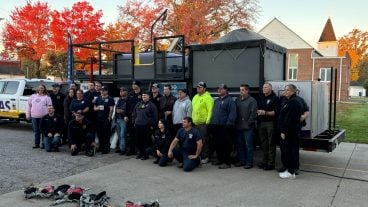
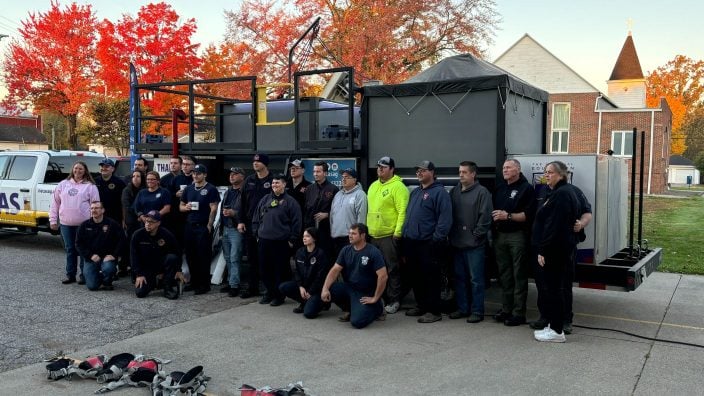
Nationwide’s Grain Bin Safety campaign has awarded grain rescue tubes and training to 390 fire departments across 32 states since 2014.
Read More

The event takes place Feb. 7-8, 2025 at Kalahari in Sandusky, Ohio and is open to members of all ages. Registration closes Jan. 21.
Read More

Receive free conference registration and complimentary transportation to and from the conference March 7-10, 2025 in Denver.
Read More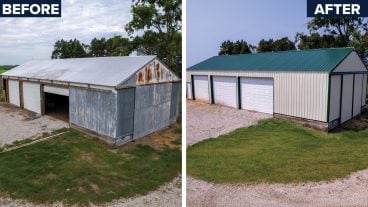
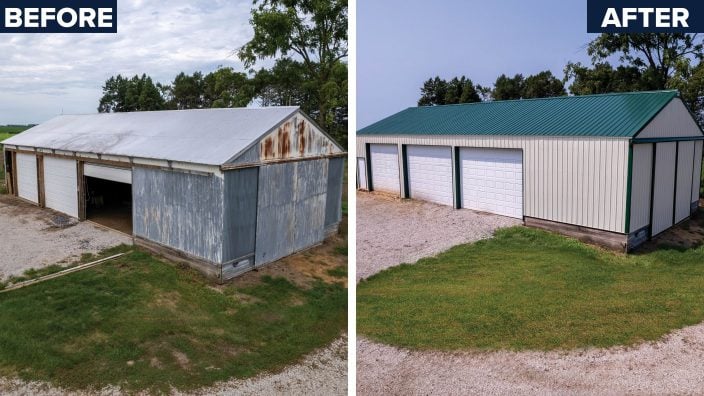
From minor fixes to complete overhauls, this limited time offer is your chance to save on necessary updates and give your post-frame building the attention it deserves.
Read More

Sharing our story is how we connect with others, especially those not involved in the day-to-day operations of agriculture.
Read More

Bethany Schappacher, a Clinton County Farm Bureau member, and her family own Schappacher Farms, a 50-acre pumpkin farm featuring a corn maze, hayrides, fall treats and other family activities.
Read More